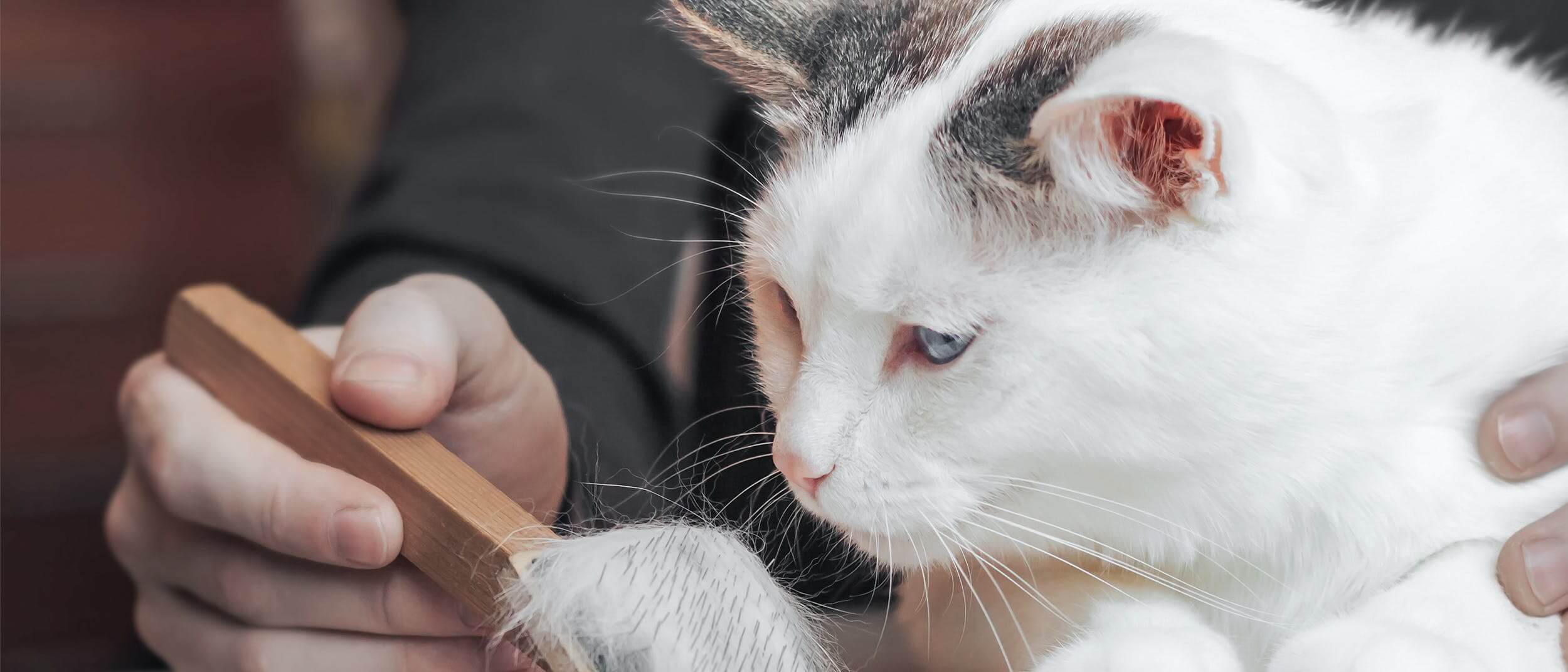Hair loss – also known as alopecia – also occurs in cats. But what does it mean when the kitties lose fur? And how can you help them? Here are the answers.
Of course, all cat owners know that kitties shed their hair and spread their hair on carpets, clothes, and sofa cushions. But what if the hair loss gets so bad that the cats go bald?
In technical jargon, one speaks of alopecia. And that can have different dimensions and causes.
What is Hair Loss in Cats?

Alopecia can manifest itself in our velvet paws, for example, in individual bald spots or in patchy hair loss. In addition, the cat’s fur can also be thinned out in general. There are often two main causes for this: either disease is causing the hair loss, or it is the result of excessive grooming.
In addition, the bald patches of skin are more prone to further skin problems, informs the British charity “PDSA”.
But there are also cats that are born without fur. The Sphynx cat, for example, was bred to be hairless. In kitties of this breed, the lack of fur is therefore not a sign that something is wrong. Keepers should note, however, that Sphynx is more prone to skin injuries, sunburn, and other problems.
Possible Causes of Excessive Grooming
Cats are extremely clean – they spend almost half of their waking hours grooming them. However, if your cat suddenly licks and scratches itself much more extensively and often, it can cause it to lose its fur in these areas. Sore skin or skin infections can also be the result. It is therefore important to identify the cause of this impulse and eliminate it.
If your cat is compulsively grooming, there can be several reasons. Among other things:
- Itching – for example, due to fleas or allergies;
- Stress;
- Pains.
These Diseases Can Cause Hair Loss in Cats
You don’t notice anything special when grooming your kitty, but she still loses fur and develops bald spots? Then she probably has an illness of which hair loss is a symptom. For example:
- Bacterial inflammation of the skin.
- Feline eosinophilic granuloma complex – a disease that can cause painful, red bald spots.
- Hormonal disorders such as hyperthyroidism.
- Scar.
- Ringworm – a fungal skin infection that causes rounded spots with flaky, red, itchy, and hairless skin.
When Should a Veterinarian Examine Hair Loss
One thing is certain: if your cat is (partially) bald or its fur is thinning, it is not doing well. If you notice changes in the cat’s fur, you should therefore always contact a veterinarian.
It can help to write down exactly the symptoms that you notice in your cat beforehand. Does she have a rash? Is the skin dry and flaky? Does your puss seem itchy? Is she dressing up more than usual? Does she seem lethargic and sleep a lot? All of this information can help you quickly identify the cause of your hair loss.
Does the Hair Grow Back?

The good news is that cats usually grow back their fur. “If we remove the cause, the hair can generally grow back,” says veterinarian Dr. Karen Hayworth to Catster magazine. This is especially true if the cat has lost its fur due to excessive grooming in response to an allergy.
